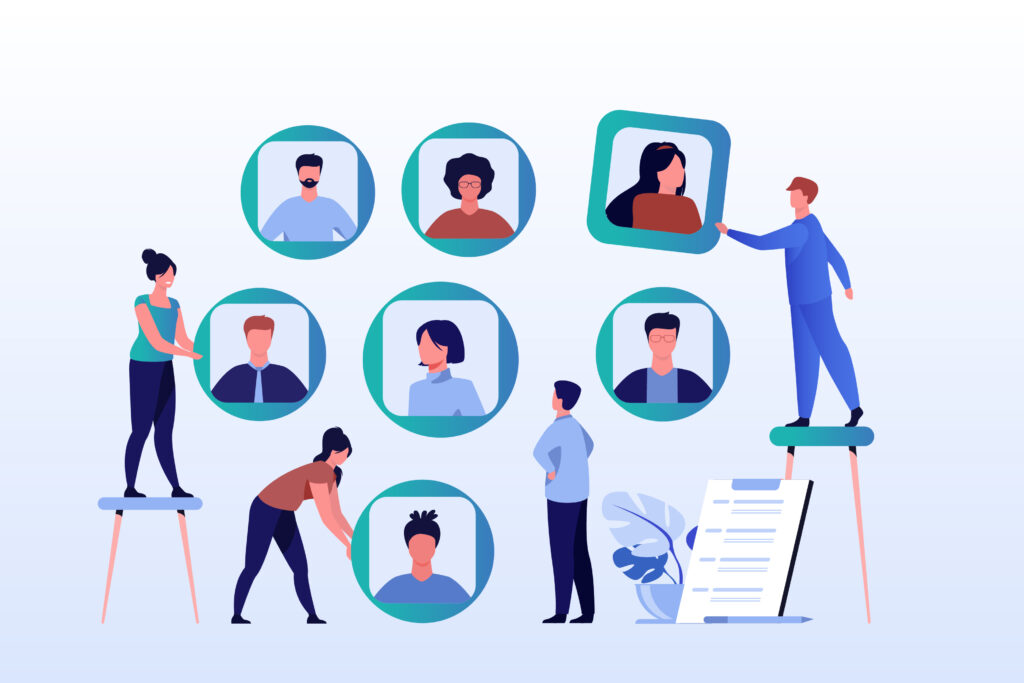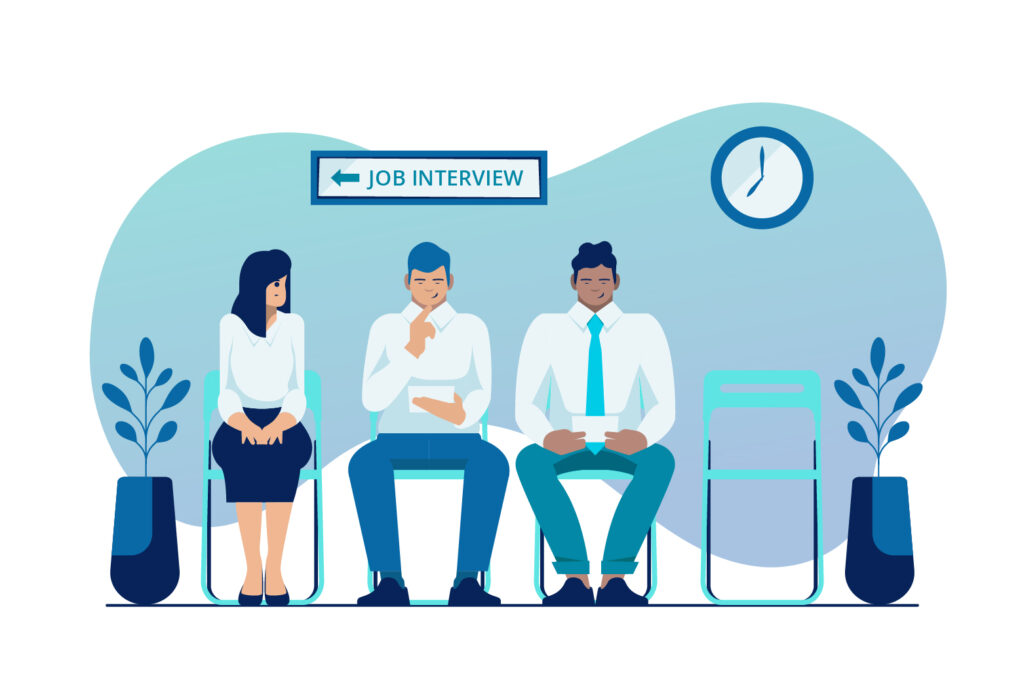Facing a wide range of HR challenges and issues, businesses of all sizes, especially those in specific fields (E.g., Information technology – IT), are having quite serious problems in attracting and retaining top talent. And employers are not able to sit still and rely on traditional recruitment methodologies, such as career sites, job boards or career fairs any longer but to adopt fresh and creative ideas and means to acquire talent more efficiently. One of the most optimal and commonly used solutions to the “talent war” is employee referral programs (ERPs). The hiring statistics indicate that 82% of employers have integrated ERPs into their recruitment strategy with a solid belief that they would be able to yield better results and ROIs for their businesses in the long term. Today, let’s dive deep into the definition of referral bonus programs, their benefits as well as how to reap the most out of them.
How Do We Define an Employee Referral Program?

What is an employee referral program, anyway? Basically, an employee referral program, also known as a referral bonus program, is a system designed to encourage employees to refer candidates for open positions within an organization. The program may offer financial incentives, such as a bonus or commission, to employees who refer successful candidates. Please note that the bonuses are not necessarily always money; they can be prizes, paid time off, or other types of rewards and recognition or flexible benefits.
Why Need Employee Referral Programs in Place?

The specifics of employee referral programs vary from organization to organization, but they all share the same ultimate goal: to identify and attract top talent. Most organizations that are desperately in need of good candidates have a tendency to consider employee referral programs due to these tangible benefits:
Reduce the Time-to-hire
First and foremost, employee referral programs help employers fill the positions faster, which is decisive for inefficient recruitment. In fact, it has been reported that referred candidates are hired 55% faster than those who are sourced through other channels. You can save much time from shortlisting, assessing, and interviewing applicants since the candidates are already prescreened by the referrers before making their way to you. This keeps your hiring process lean, smooth, and less time-consuming in exchange for quality hires in a shorter amount of time.
Lower Cost-per-hire
Apart from time, businesses can also save a significant amount of money from deploying ERPs. The cost of hiring an employee through a referral program is, on average, $1000 lower than other recruitment methods, according to ZIPPIA. Since you don’t have to go through a lot of middlemen or expend a lot of effort on advertising, your recruitment cost will definitely be cut to a large extent.
Boost the Quality of Hires
Hiring enough personnel to fill the vacancies is not the final destination of a company referral program, after all, but what every business craves is to bring in the most suitable and outstanding employees. The good news is that employee referrals tend to outperform applicants from other sources in quality. To put it in another way, they are more likely to be a good fit for the job and have higher job satisfaction as well as lower turnover rates. Recruitment statistics show that referred candidates are four times more likely to get hired, and 45% of employees hired via referral tend to stay with a company for more than four years.
Build Better Employee Engagement
No need to doubt the importance of employee engagement within any organization. Especially in such a tight job market as current, SMBs or enterprises are struggling to retain their top employees from leaving willingly for many reasons, including new opportunities or being stolen by rivals. In fact, companies with high employee engagement perform better, and they are 21% more profitable than their counterparts. Properly, it is not surprising to see that many businesses leverage employee referral programs to create a more engaged workforce. By offering monetary and non-monetary rewards, you can encourage your employees to participate in the referral program actively and get them more engaged with the company as a whole. As a result, they will be more productive and loyal to the organization, which is beneficial for long-term business success.
Promote Company Culture
Your employees will be your brand advocates and play an irreplaceable role in strengthening your employer’s brand as well as promoting your company culture to the outside world. With an employee referral program, you can let your employees be the voices of your business and win more likes for your organization. Also, by engaging your employees in the hiring process, they will have a better sense of ownership and responsibility, which contributes to a positive corporate culture.
What Is a Winning Employee Referral Program Made of?

Keep these in mind if you would like to deploy a successful employee referral program:
A Well-Defined Goal
The very first step to success is to have a clear understanding of what you want to achieve with your employee referral program. Do you want to boost employee engagement? Do you want to improve the quality of hires? Or do you just want to reduce the cost-per-hire? When you have determined the primary purpose of your program, it will be much easier for you to set specific goals, KPIs, and even reward systems.
An Effective Marketing Plan
Before launching your employee referral program, you need to let your employees know about it. They shall be the ones who will be making referrals for you at the end of the day. You should come up with an effective marketing plan to ensure that everyone in the company is aware of the program and knows how it works. You can use various channels, such as email, intranet, or posters, to get the message across. If you seek a successful referral program, make it viral across teams and departments within your company.
The Right Incentives
Last but not least, you need to offer the right incentives to encourage your employees to participate in the program actively. The type of incentive will vary from business to business, but it is generally a good idea to offer both monetary and non-monetary rewards. For instance, you can give out cash bonuses, gift cards, or even paid days off as rewards for successful referrals.















